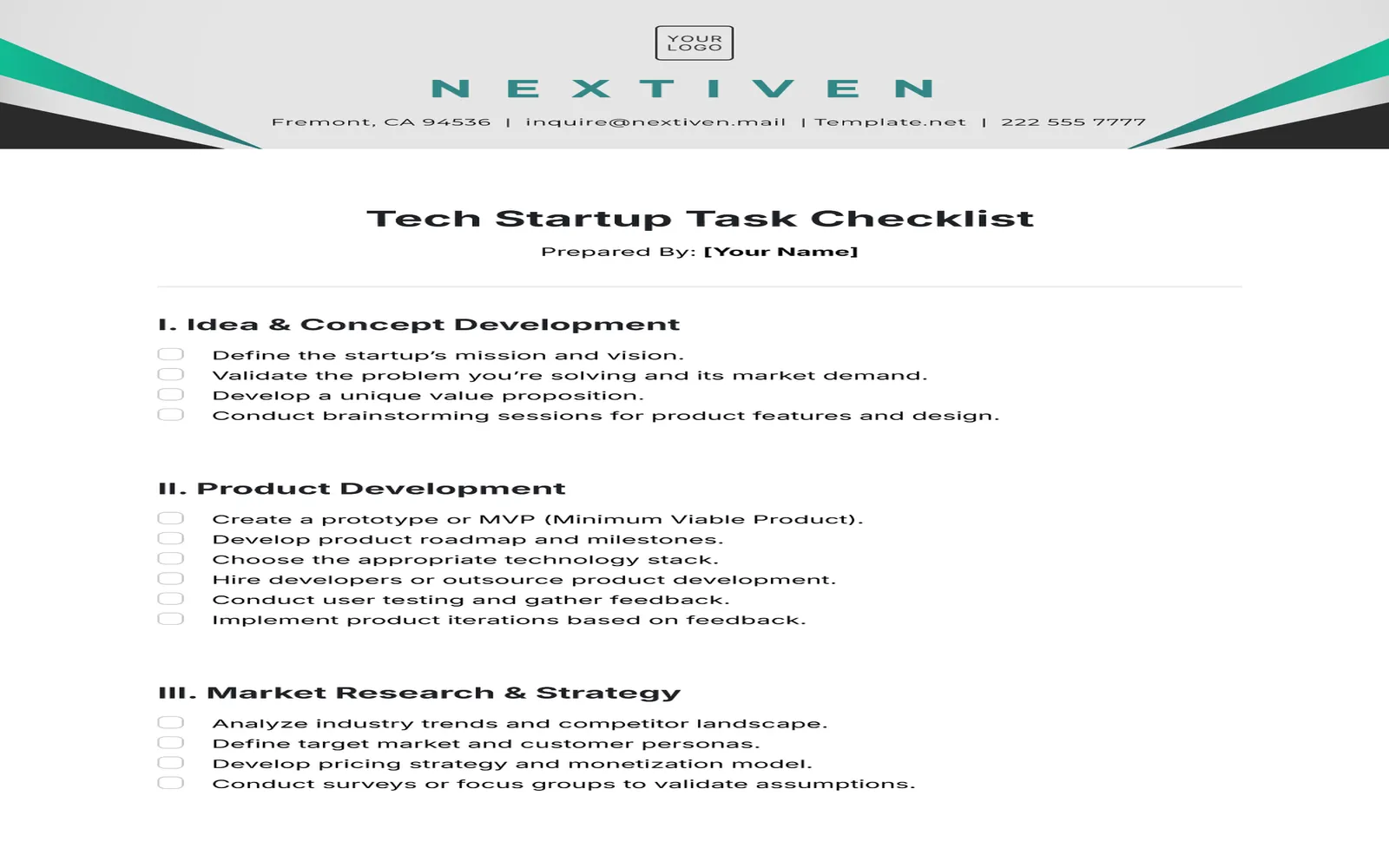Understanding Project Initiation
Project initiation is the crucial first step in launching any new project, whether in business, technology, or creative fields. It sets the foundation for the project, ensuring that all stakeholders are aligned and that the objectives are clearly defined. In this article, we will explore the five essential steps for successfully initiating a new project.
Step 1: Define the Project Goals
The first step in project initiation is to clearly define the project goals. What do you hope to achieve with this project? Establishing clear and measurable goals is vital for guiding the project's direction and measuring its success. Use the SMART criteria to ensure your goals are Specific, Measurable, Achievable, Relevant, and Time-bound.
| Criteria | Description |
|---|---|
| Specific | Define the project goals clearly. |
| Measurable | Ensure you can track progress and success. |
| Achievable | Set realistic goals that can be accomplished. |
| Relevant | Ensure goals align with broader business objectives. |
| Time-bound | Set a timeline for achieving the goals. |
Step 2: Identify Stakeholders
Identifying stakeholders is critical to ensuring that all parties involved in the project are on the same page. Stakeholders can include team members, clients, suppliers, and any other individuals or groups who will be affected by the project. Engaging stakeholders early in the process allows for gathering insights, expectations, and concerns, which can inform the project’s direction and increase buy-in.
Step 3: Develop a Project Charter
The project charter is a foundational document that outlines the project’s objectives, scope, and participants. It serves as a reference point for the project team and stakeholders throughout the project lifecycle. A well-crafted project charter should include the following elements:
- Project Title: A clear name that summarizes the project.
- Project Purpose: A brief explanation of why the project is being undertaken.
- Scope: Define what is included and excluded from the project.
- Objectives: List the specific goals that the project aims to achieve.
- Stakeholders: Identify the key stakeholders and their roles.
Step 4: Create a High-Level Project Plan
A high-level project plan provides an overview of how the project will be executed. It includes key milestones, timelines, and resource allocations. This plan acts as a roadmap for the project team and helps in tracking progress. Here are some components to consider when creating a high-level project plan:
| Component | Description |
|---|---|
| Milestones | Key points in the project timeline that signify important progress. |
| Resources | Identify the resources required, including personnel and budget. |
| Timeline | Outline the estimated time for each phase of the project. |
| Risk Assessment | Identify potential risks and develop mitigation strategies. |
Step 5: Obtain Approval and Kick-off the Project
The final step in project initiation is to obtain approval from the key stakeholders and formally kick off the project. This step often involves presenting the project charter and high-level plan to stakeholders to secure their agreement and support. Once approved, a project kickoff meeting can be scheduled to align all team members on their roles, responsibilities, and expectations.
During the kickoff meeting, it’s important to communicate the vision, objectives, and timeline of the project. Encourage team members to ask questions and express any concerns they may have. This collaborative approach fosters a sense of ownership and commitment among the team.
Conclusion
Initiating a project effectively is essential for its success. By following these five steps—defining project goals, identifying stakeholders, developing a project charter, creating a high-level project plan, and obtaining approval—you can lay a solid foundation for your project. Remember, project initiation is not just a formality; it is a strategic phase that sets the tone for the entire project lifecycle.
Incorporating best practices in project initiation can significantly enhance the likelihood of achieving your project goals. By being thorough and engaging all relevant parties, you’ll be better equipped to navigate challenges and drive your project towards success. Whether you are launching a new marketing campaign, a software development project, or any other initiative, these steps will guide you toward a successful project launch.





